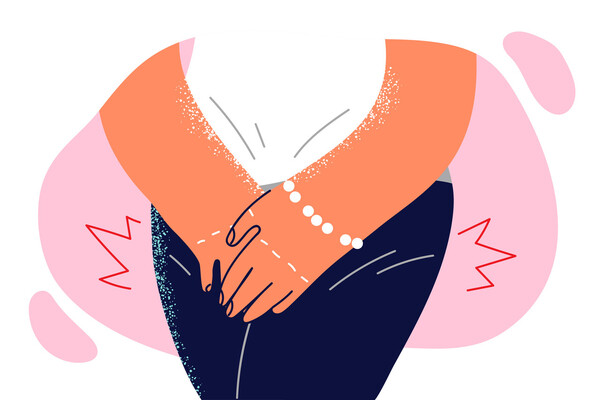
Seven out of 10 people with urinary stones, which often occur in summer, were middle-aged people in their 40s and older.
The National Health Insurance Service (NHIS) released the results of analyzing the treatment data of patients with urolithiasis (N20~N23) from 2018 to 2022 on Thursday.
Urolithiasis is a condition in which sands or stones are formed in the urinary system, causing urine flow obstruction, severe pain, urinary tract infections, hydronephrosis, and kidney failure. Urolithiasis cases increase around August due to an increase in water loss and concentration of urine due to the hot summer weather.
The number of people treated for urinary stones increased by 8.4 percent, from 292,743 in 2018 to 317,472 in 2022. The average annual rate of increase was 2.0 percent.
In 2022, 23.5 percent of patients (74,536) were in their 50s. Following them were people in their 60s, with 22.1 percent (72,244), and 40-something patients, with 20.4 percent (64,885). Together, people over 40 accounted for 66.0 percent.
Male patients were most likely to be in their 50s, with 23.0 percent, while women were most likely in their 60s, with 26.2 percent.
The share of people treated for urinary stones per 100,000 people was 618 in 2022, a 7.9 percent increase from 2018, with the 60-something people recording the largest number, with 969.
Health insurance payment for urinary stones in 2022 was 396.2 billion won ($304.7 million), marking an increase of 35.0 percent from 2018 and an average annual growth rate of 7.8 percent. The medical bill per patient was 1.24 million won, up 24.5 percent from four years ago.

